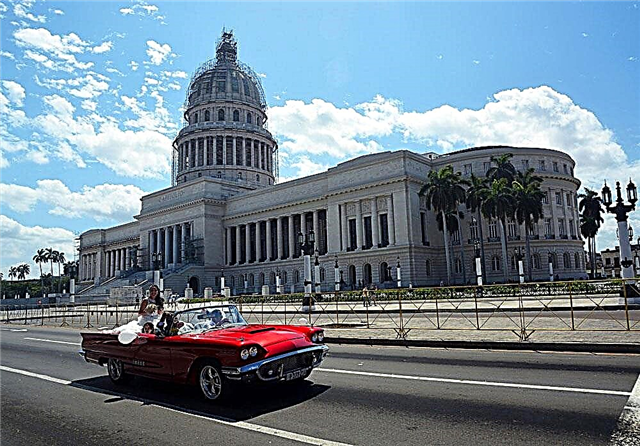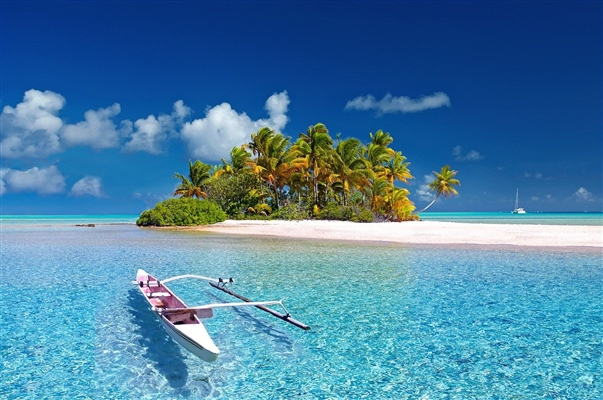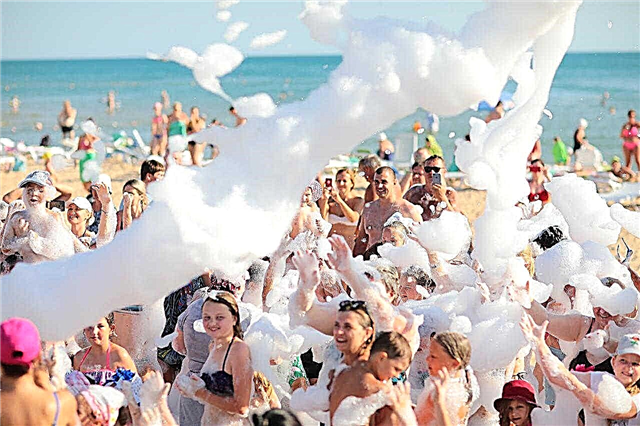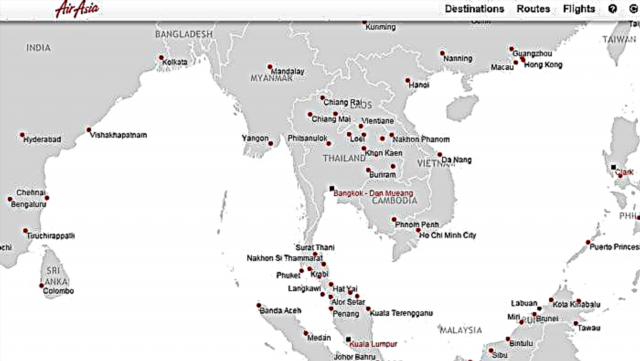What to bring from Japan as a gift or as a keepsake? Consider all the best cosmetics, tech, and other categories that will remind you of your trip. We will find out the prices and where to buy cheaper according to the reviews of tourists. And most importantly, let's touch on the topic of what can and cannot be exported from Japan in order to avoid problems at customs control.
Visiting distant countries leaves pleasant memories. But you can rejoice even more when you bring nice gifts and souvenirs with you. The main thing is to understand 100% what exactly to take with you and on what conditions.
What to bring from Japan as a gift and as a keepsake?
It is not difficult to figure out what to bring from Japan as a souvenir, there is a huge variety of items that will remind you of your vacation in Japan. We definitely advise you to follow the recommendations provided by the experts of the Asian country themselves.
- Maneki neko... Those who understand the culture of the land of the rising sun, and even more so those who specifically study the language, unmistakably recognize that we are talking about a figurine that brings happiness. Alluring cat figurines are found in shops, banks, restaurants and even in reputable offices. Traditional culture implies that these sculptures attract good luck and help improve material well-being. But this is what you can bring from Japan to decorate houses. You can buy a similar souvenir in any specialized store. The specimens sold in Gotoku-ji, where this talisman began to be made for the first time, are considered to be the height of perfection.

- Tenugui... Or otherwise, a rectangular piece of cloth covered with an ornament or some more complex pattern. The product is multifunctional. For its main purpose, it is a towel. The main material is cotton. Towel length is about 0.9 m For Japanese culture, traditional flower plots. But geometric compositions are also found. In Tenugui, gifts are packed, it is also used as a replacement for tablecloths, panels.

- Yukata... You can buy cheap souvenirs in Japan by choosing this type of kimono. It is made from cotton and is used mainly in the summer. Within the country itself, such clothes are worn during festivals of national culture and in traditional hotels. Experts advise to buy yukata not in specialized stores, but in mass clothing stores for local people or in supermarkets, department stores, shopping centers. Then the quality will be higher, and the variety of options available is greater.

- Geta... This is the name of the classic national footwear worn with the same yukata. Geta resembles both flip-flops and wooden shoes. For those who are not going to tune in to complete authenticity, dawns are better suited - this is the name of a more gentle modification of the geta, which more often suits Europeans, and at the same time corresponds to the island canons.

- Fans... Folded or rigidly made hand fans are taken by the Japanese on the train when they go to a restaurant. In the summer on every street there are people carrying them. Therefore, we can confidently say that uchiwa fans express the national flavor.

- Wagasa... The classic Japanese umbrella has a similar name. In this country, the traditions of using and creating umbrellas have been going on for hundreds of years. The Japanese need this both for protection from the weather, and during tea ceremonies, when staging theatrical performances.

- Furin... Air bells are specific to the culture of the Asian country. They can be heard even in the most modern buildings and structures. Furin is made of glass or metal. When the bell swings, it signals the approach of a cool breeze.

- Ukiyo-e type paintings... The literal translation is "painting of the floating world." It has been popular since at least the 17th century. This genre is the leader in Japanese art. Therefore, such souvenirs should definitely be in the luggage of travelers leaving the Japanese islands.

- Food sticks... According to the old tradition, they are made from lacquered wood. It is customary to make cutlery in several different sizes. Compared to the Chinese version, the length is shorter and the shape is closer to the ideal circle. The stores mainly sell sets of sticks. To improve their decorative qualities, they are equipped with elegant ornaments.

- Cosmetical tools... The question of what kind of cosmetics to bring from Japan, which is not available in Russia, is difficult to resolve. Almost any product is brought to our country. But it is definitely worth purchasing the original Asian collagen. Such goods are sold not only in boutiques and supermarkets, but also in pharmacies and modest stores. The shapes are varied, and it is easy to find the right one for yourself. In the island country, a lot of types of face masks are also sold. There are tissue, gel-like and cream-like ones. The compositions differ greatly: algae, gold, pearls, extracts of various tones are used. The choice is made individually. Attractive cosmetics are made under the brands Kanebo, Biore, Shiseido.

- Technically complex products... The question of what to bring from equipment when visiting Tokyo, Osaka, Hokkaido or Okinawa will arise with a 100% probability. The range includes both made in Japan itself and in other Asian countries. Some of the goods are produced for domestic national consumption. Lack of translated documentation is a strong negative factor. The cost is also not too cheap. Experts recommend coming to Tokyo's Akihabara area.

- First-class knives... Local manufacturers have known for a long time how to make the sharpest blade and give the product reliability. Even well-known chefs around the world are eager to buy knives with the Japan brand.

- Tea will be the right answer to the question of what to bring from Japan from food and drinks. We recommend paying attention to Matcha tea - green powder type. Harvesting is done once a year. Before harvesting, the leaves are covered from sun exposure for 14 days. Therefore, the finished product takes on a sweet taste.

- Sweets national format. A great variety has been created for this position. The classic is wagashi (candy made by mixing rice paste, sweet potato paste and tea). Chocolates will also be original. Here they learned to give them over 300 different tastes. Cakes or cookies are just as good.

- Others exotic dishes... These are bento, sashimi, vacuum-coated Pacific fish fillets, fish roe, crabs, other canned food, dried seaweed, noodles, mushrooms, delicious sauces.

Where is the best place to buy souvenirs?
Connoisseurs of photographic equipment should go to the specialized area around Shinjuku Station... Both new and discounted copies are sold there. They are definitely cheaper than similar models in our country. Tokyo's main shopping district - Ginza... They sell EVERYTHING here. It will be possible to buy used equipment in the shopping area. Akihabara.
The fish market should be looked for on Tsukiy street... Souvenirs are also sold at Nakamise Street... Searching for a particular store or shop does not make much sense. Japanese tradition predetermines the concentration of homogeneous establishments in certain areas. Omote-sando street from the Shibuya quarter offers a range similar to that of Ginzu. However, the cost of goods has been markedly reduced. Harajuku quarterthe street that runs into contains clothes in a non-standard punk style.
In Osaka, the first thing we recommend is to go to World trade center, occupying the second largest Japanese skyscraper.

What can and cannot be exported from Japan?
The island country's customs have tightly enforced regulations. To transport can both national and foreign currency of any type. Amounts from 1 million government yen and their equivalents in foreign currency are required to be written in the declaration. You can take no more than 56 milliliters of perfume with you on the plane. Most of the goods are limited in export value to 200 thousand Japanese yen in value.
Strictly forbidden transport art and antiques, cultural property without official permits from the control authorities. The ban applies to pornographic items and publications, weapons, explosives, psychotropic drugs and substances with narcotic effect. Will not be allowed to take anything that violates patent restrictions and copyrights.











